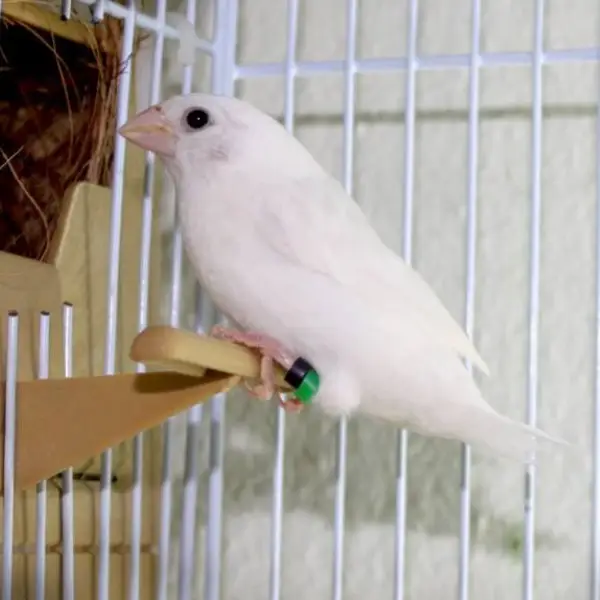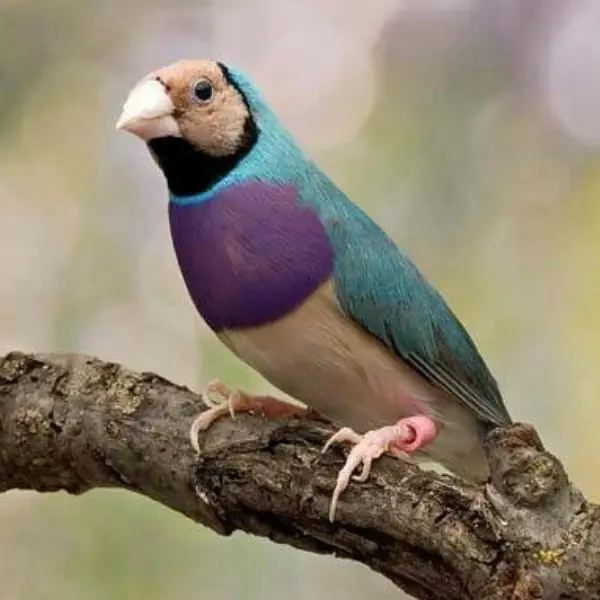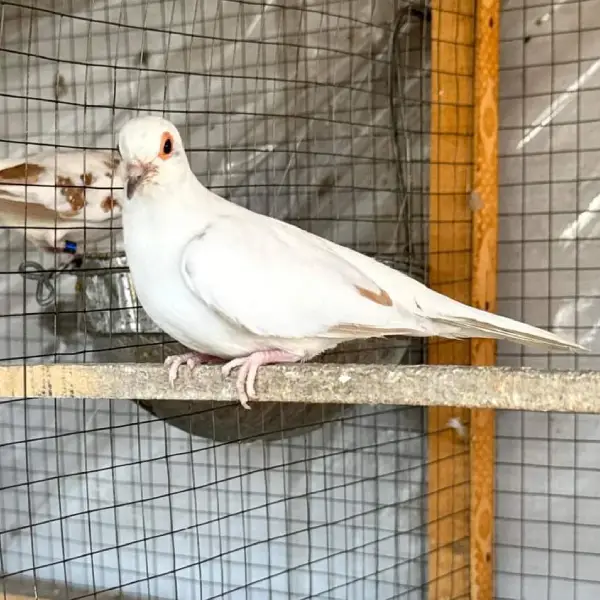Free shipping order over 20,000
White Bengalese
₨ 1,850 Original price was: ₨ 1,850.₨ 1,500Current price is: ₨ 1,500.
- Scientific Name: Lonchura striata
- Size: About 11-12 cm (4.3-4.7 inches) in length.
- Color:
- Body: Pure white throughout, including the body, wings, and tail. This color mutation is a result of selective breeding and genetic modification.
- Head: White, matching the rest of the body.
- Wings: White, consistent with the body color.
- Tail: White, complementing the overall plumage.
- Beak: Short, conical, and adapted for seed eating. The beak is often reddish or orange.
- Legs and Feet: Typically pinkish or light brown.
Share
Share on facebook
Share on email
Important Keys:
Habitat:
- Distribution: The White Bengalese Finch is not found in the wild; it is a domesticated variety of the Bengalese Finch (Lonchura striata). It is bred and kept in aviaries, birdcages, and indoor environments around the world.
- Environment: Prefers well-maintained aviaries and birdcages where it can fly and forage. Adapts well to captivity with proper care and a suitable living environment.
Diet:
- Primary Food: Seeds, grains, and occasionally small insects. In captivity, they are usually fed a balanced diet of millet, canary seed, and specialized finch mixes.
- Feeding Behavior: Forages on the ground and pecks at seeds and other food items.
Breeding:
- Nesting: Builds nests using materials like grasses, leaves, and feathers. The nest is typically a small, enclosed structure.
- Egg Quantity: Usually lays 4-6 eggs per clutch.
- Incubation Period: About 12-14 days.
- Fledging: Chicks fledge around 18-21 days after hatching.
Lifespan:
- In Captivity: Can live up to 10-12 years or more with proper care, a balanced diet, and a good living environment.
Behavior:
- Social Structure: Highly social and thrives in pairs or small flocks. Known for being friendly, active, and interactive.
- Vocalization: Produces a variety of chirps and calls. Vocalizations are generally soft and used for communication within flocks and during mating.
Additional Information:
- Genetic Background: The White Bengalese Finch is the result of selective breeding aimed at producing a fully white plumage. This breeding has led to the creation of various color morphs, but the white variety is particularly popular for its striking appearance.
- Care Considerations: White Bengalese Finches, like all domesticated finches, benefit from a clean, spacious environment and a diet rich in seeds and fresh vegetables. Regular social interaction and mental stimulation are also important for their well-being.
![]()
Be the first to review “White Bengalese” Cancel reply
Related Products
-
-70%
Zebra Finch
₨ 5,000Original price was: ₨ 5,000.₨ 1,500Current price is: ₨ 1,500. -
-20%
Common Gouldian Finch
₨ 12,500Original price was: ₨ 12,500.₨ 10,000Current price is: ₨ 10,000. -
-43%
Blue Gouldian Finch
₨ 35,000Original price was: ₨ 35,000.₨ 20,000Current price is: ₨ 20,000. -
-20%
Red Eyes Bengalese
₨ 3,750Original price was: ₨ 3,750.₨ 3,000Current price is: ₨ 3,000. -
-40%
Red Pied Dove
₨ 10,000Original price was: ₨ 10,000.₨ 6,000Current price is: ₨ 6,000. -
-20%
Diamond Pied Dove
₨ 6,250Original price was: ₨ 6,250.₨ 5,000Current price is: ₨ 5,000. -
-20%
Crested Dove
₨ 43,750Original price was: ₨ 43,750.₨ 35,000Current price is: ₨ 35,000.
Sign Up for Exclusive Birds Care Tips and Offers from Phool Panchi
Company links
Category
Contact
© 2024 Phool Panchi | Developed By v3Studio















Reviews
There are no reviews yet.